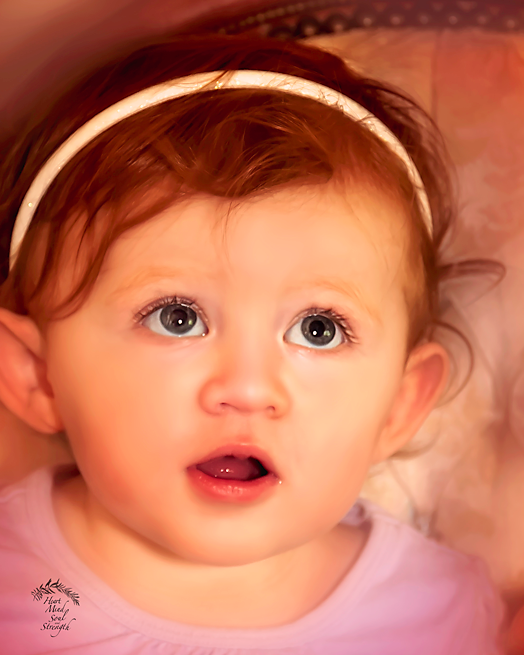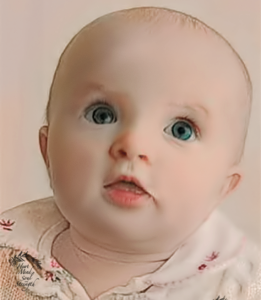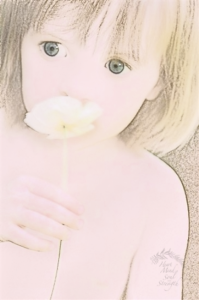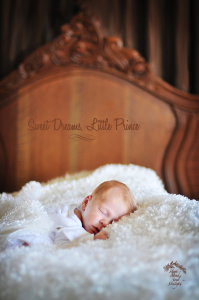
It’s tempting to fire away with my camera phone in hopes of getting one good image out of many. And it is an advantage to quickly capture many shots to get that one great expression. But just shooting lots doesn’t necessarily mean I’m getting what I truly want.
Here is a tip I’ve trained myself to use that makes every photo I take better. I remind myself that my camera cannot prioritize. When looking through the viewfinder, I see my precious grandchild. My brain acts on my love and filters out the other information in the scene helping me to concentrate my attention on the child. But my camera records the child, the scattered toys, the cluttered table, the stack of dishes and the dog’s tail all with equal value, producing an image with a mish-mash of objects with no particular emphasis. A viewer’s eye would jump around this image distracted by the colors, shapes and jumble and miss the impact of the child I saw.
I have learned there are ways to focus the viewer’s eye on the face of the child.
I can remove background distractions by cropping the image till the face is the only element.

If shooting indoors, I can use walls, curtains or floors for a simplified backdrop.
Don’t get me wrong. There are times when it’s desirable to take environmental images that include parts of the room, putting the person in the context of their surroundings. I treasure photos of our own children in the living rooms of our many homes over the years. (I date images by which house we were living in.) What I’m saying is that when you want a portrait of the face, remove the distractions.

Simply filling the image with the face alone, makes a powerful image.
I sometimes even crop the top of the head in order to emphasize the eyes.

If I want to include part or all of the body when shooting indoors, I try to use a plain wall as a backdrop. Curtains also work as a non-cluttered backdrop and sometimes a sofa, chair or bed provides a simple backdrop. In a pinch, I’ve created simplified images by using the floor as the background. Shooting from above a child who is seated or lying on the floor can produce an impactful image.
If I’m using a real camera, I can control background clutter by using a shallow depth of field causing all but the child to become blurred.
I always remember that my camera cannot prioritize. It gives all items equal emphasis unless I intervene. I must eliminate competing elements by cropping the image so the face alone remains or I must simplify the background so the viewer’s eye goes directly to the child.